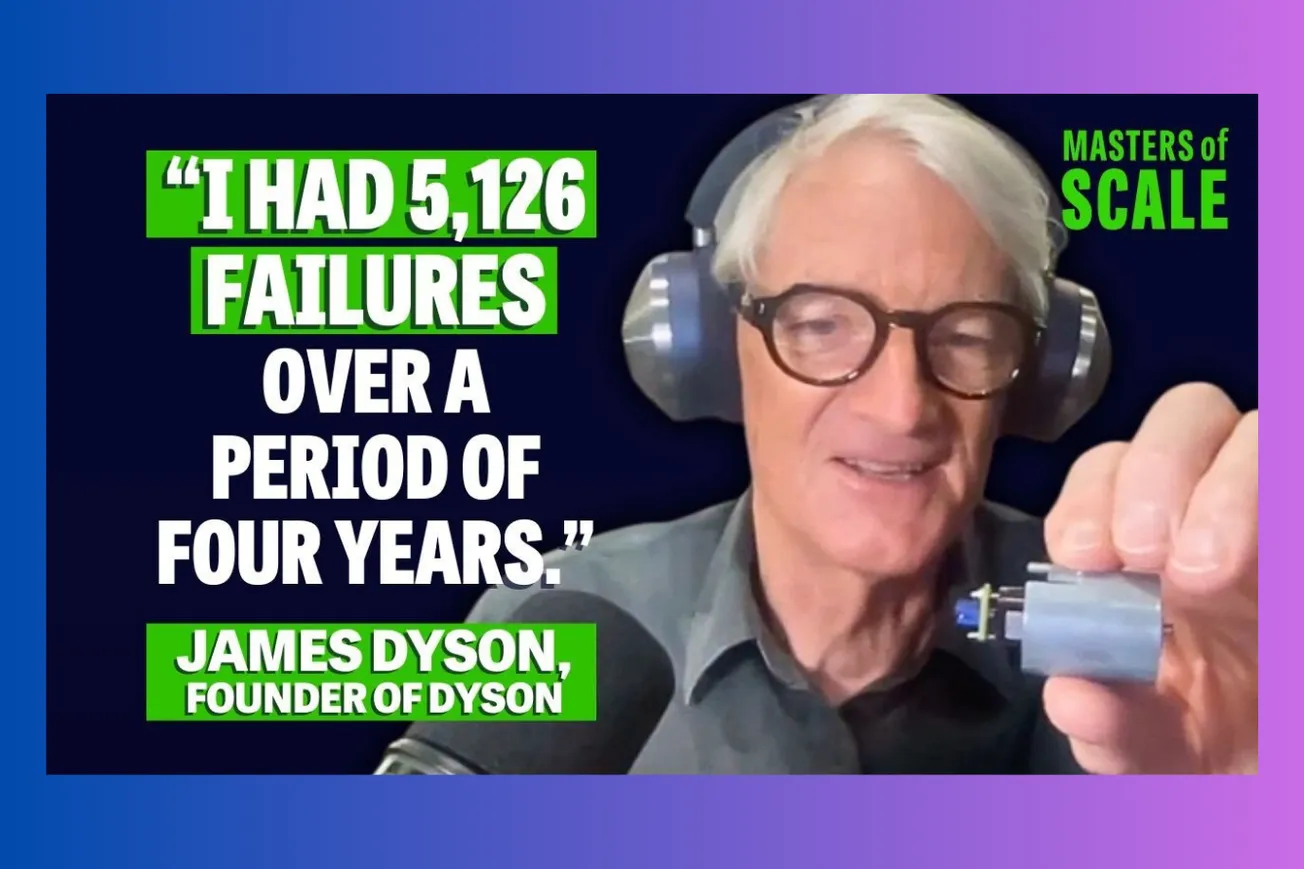Table of Contents
China’s 125% tariffs on U.S. goods have sent shockwaves through global supply chains, but recent quiet exemptions for semiconductors, aircraft parts, and medical equipment reveal a pragmatic strategy to shield critical industries. Explore how these targeted carve-outs are shaping the next phase of U.S.-China trade relations and what they mean for global business.
Key Takeaways
- China has discreetly exempted select U.S. semiconductors, aviation components, and medical devices from its steep 125% retaliatory tariffs.
- Semiconductor exemptions target at least eight integrated circuit tariff codes, excluding memory chips, to protect China’s tech sector and maintain access to crucial imports.
- Aircraft parts such as engines, nacelles, and landing gear are excluded, ensuring operational stability for China’s aviation industry and its reliance on U.S. technology.
- Medical equipment relief covers essential hospital supplies like drapes, sponges, blood pressure monitors, and pulse oximeters, mitigating cost pressures for Chinese healthcare providers.
- These exemptions are not publicly announced but communicated quietly to industry, with some companies eligible for tariff refunds on past imports.
- The carve-outs highlight China’s dependence on U.S. technology and components, even as it publicly maintains a tough stance in the trade war.
- U.S. medical device makers are lobbying for reciprocal relief from American tariffs, citing mounting costs for hospitals and patients.
- The targeted nature of China’s exemptions underscores a balancing act between political posturing and economic necessity.
- As the trade war evolves, these sector-specific exemptions may become a template for future negotiations and supply chain resilience strategies.
Semiconductor Exemptions: Shielding China’s Tech Ambitions
- China has quietly waived 125% tariffs on at least eight U.S. integrated circuit-related tariff codes, although memory chips remain subject to duties.
- This move is designed to protect China’s tech industry, which still relies heavily on imported semiconductors despite ongoing investments in domestic manufacturing.
- In 2024 alone, China imported $11.7 billion worth of semiconductors from the United States, underscoring the sector’s strategic importance.
- U.S. chipmakers such as Intel, Global Foundries, and Texas Instruments stand to benefit, as do Chinese firms that import U.S.-made chips or products containing American semiconductors.
- Chinese customs authorities have informed domestic companies that duties paid on these exempted semiconductor imports between April 10-24 are eligible for refunds.
- The government has not made a public announcement about these changes, and the original report detailing the exemptions was quickly deleted, highlighting the sensitivity of the topic.
China’s approach to semiconductor tariffs reflects a recognition that cutting off access to advanced U.S. chips could undermine its own industrial ambitions. By selectively exempting certain products, Beijing aims to keep its tech sector competitive while maintaining leverage in broader trade negotiations.
Aviation Industry: Exempting Critical Aircraft Parts
- China has exempted key aviation components from its retaliatory tariffs, including aircraft engines, nacelles, landing gear, and other essential parts.
- These exemptions are crucial for both foreign and domestically produced aircraft, such as the COMAC C919 and C909, which rely on U.S.-made components.
- The move protects Chinese airlines operating Boeing jets from operational disruptions that could mirror the difficulties faced by Russian carriers under export sanctions.
- Safran, a major aerospace supplier, confirmed the exemptions, indicating close industry monitoring of the situation.
- The aviation carve-outs are part of a broader pattern of targeted exemptions designed to minimize domestic economic damage while upholding a strong negotiating position.
- China’s continued reliance on American aerospace technology demonstrates the limits of decoupling in highly specialized industries.
Quietly exempting aircraft parts allows China to avert immediate risks to flight safety and airline operations, even as it signals resolve in the trade dispute. This pragmatic approach ensures the aviation sector remains stable while broader tensions continue.
Medical Equipment: Tariff Relief for Healthcare Essentials
- China has granted tariff exemptions for certain U.S. medical products, including single-use sterile drapes, laparotomy sponges, blood pressure monitors, and fingertip pulse oximeters.
- The exemptions are intended to protect China’s healthcare sector from cost spikes and supply disruptions.
- U.S. medical device manufacturers, represented by AdvaMed and including major imaging companies like GE HealthCare and Siemens Healthineers, are lobbying for similar relief from U.S. tariffs.
- The Biden administration previously extended tariff exclusions for 77 medical products through May 31, 2025, but other items such as syringes, needles, face masks, and medical gloves face steep increases.
- Medical supplies make up 10.5% of the average hospital’s budget in the U.S., with total spending reaching $146.9 billion in 2023, highlighting the broader impact of tariffs on healthcare costs.
- The targeted relief for medical equipment underscores the vulnerability of healthcare supply chains and the need for stable access to essential goods.
By carving out medical equipment from punitive tariffs, China is prioritizing public health and hospital stability, even as it maintains tough rhetoric in the trade war. The move also reflects global concerns about the unintended consequences of tariff escalation on critical sectors.
Strategic Implications: Balancing Politics and Economic Realities
- China’s selective tariff exemptions reveal a pragmatic strategy to safeguard key industries while preserving negotiating leverage in the ongoing trade conflict.
- The exemptions are communicated quietly to industry stakeholders, avoiding public announcements that might undermine Beijing’s tough stance.
- These carve-outs demonstrate the complexity of decoupling in sectors where global supply chains and technological dependencies run deep.
- For U.S. exporters, the exemptions offer a lifeline to the Chinese market, especially for high-tech and regulated industries.
- The targeted nature of the relief measures may serve as a model for future trade negotiations, emphasizing flexibility over blanket escalation.
- Both countries face pressure from domestic industries to minimize collateral damage while pursuing strategic objectives.
As the U.S.-China trade war continues to evolve, the interplay between political messaging and economic necessity will shape the contours of future tariff policies and supply chain strategies.
China’s quiet exemptions for semiconductors, aircraft parts, and medical equipment illustrate the limits of all-out trade escalation and the enduring importance of global supply chains. As both nations navigate the complexities of economic rivalry, targeted relief measures are likely to remain a key tool for managing risk and sustaining critical industries.









